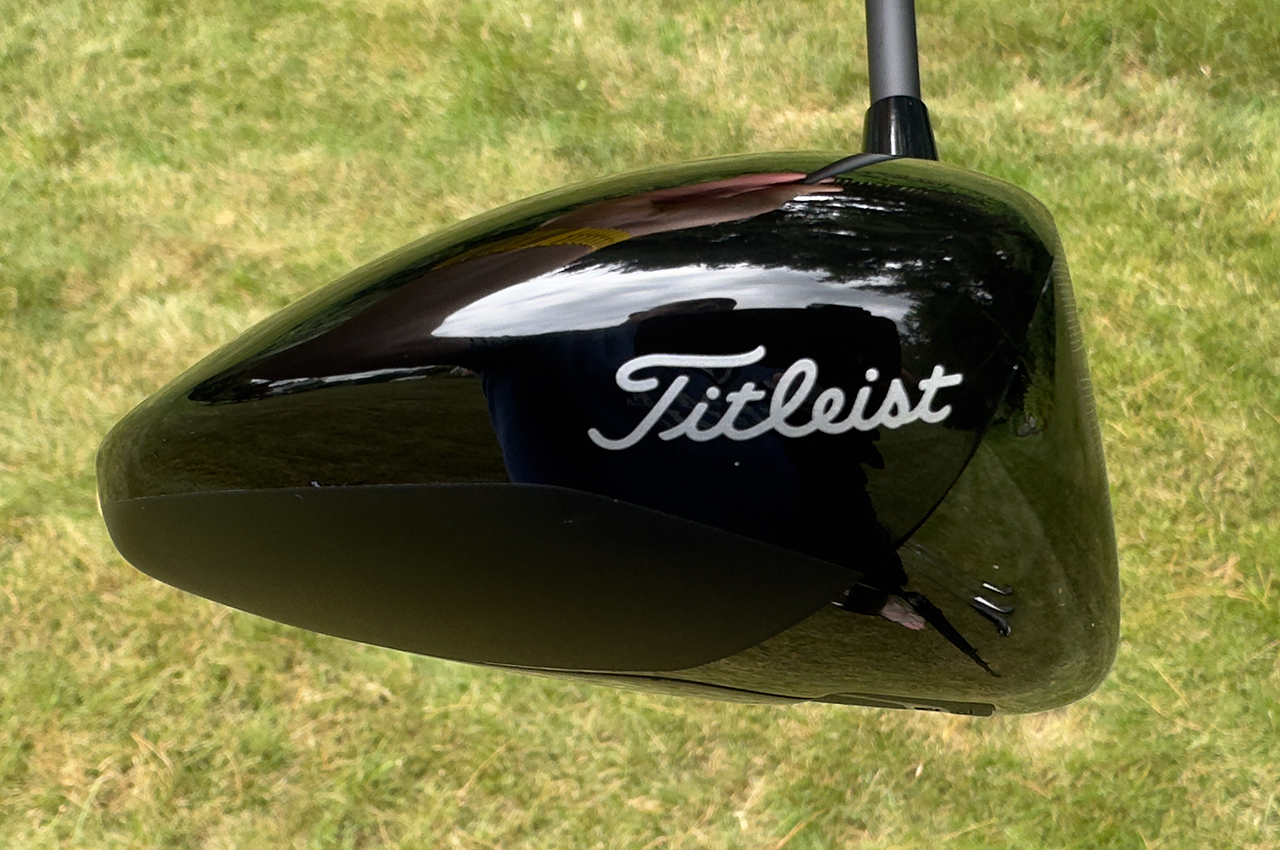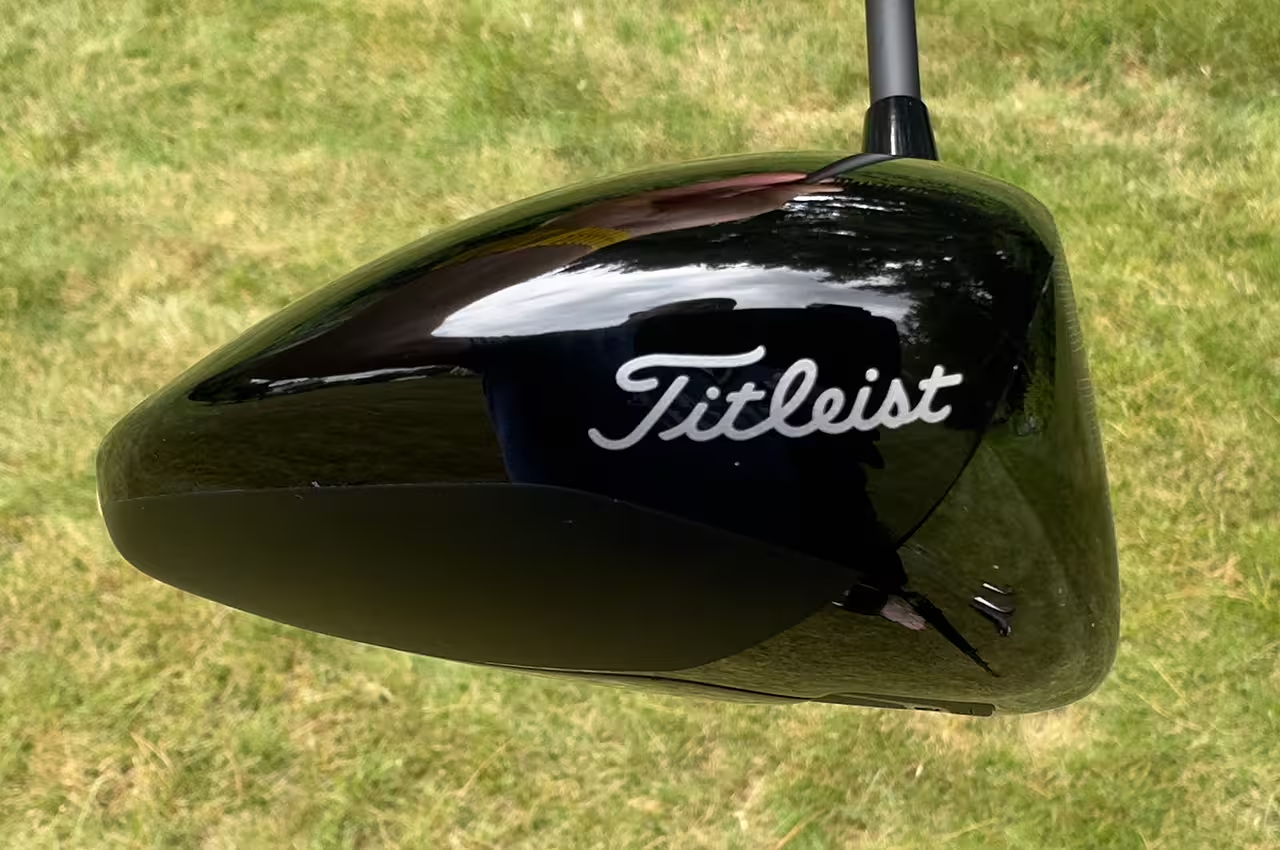For well over a decade, as more golf equipment companies added exotic materials to their drivers, Titleist continued making its drivers using titanium. Working with its manufacturing partners, Titleist made the titanium crowns, faces and body sections thinner, enhanced the aerodynamics of the heads, and developed different head styles so players and fitters could create a club that maximized overall performance. Attaining more ball speed was great, but designers did not want to sacrifice stability to get it, and their goal was not to increase forgiveness by giving up speed.
That overall philosophy hasn’t changed, but in the new GT2, GT3 and GT4 drivers, the decision to go with a new shape necessitated the use of a new material, which has helped to quicken the adoption of the new GT drivers by PGA Tour players like Justin Thomas (GT2), Max Homa (GT3), Cameron Young (GT2), Tom Kim (GT3), and Patrick Cantlay (GT2). Now Titleist is making the GT family of drivers available to everyone.
Who are the Titleist GT2, GT3, and GT4 drivers for?
Each of the Titleist GT drivers is designed to create more ball speed and distance. The GT2 is made specifically for players who want to maximize stability and forgiveness. The GT3 was made for players who want left-right adjustability, and the GT4 is for golfers who need a low-spin driver.
What do you need to know about the Titleist GT drivers?
To improve the aerodynamics of the GT drivers, Titleist engineers elevated the back portion of the sole to reduce drag and improve the way air flows over the club. However, using the new shape in an all-titanium club elevated the center of gravity (CG) location, resulting in more spin, a lower launch angle and less distance.

The back of the sole of the Titleist GT3 driver peals up, creating a more aerodynamic shape. (David Dusek/Golfweek)
To use the aerodynamic head shape but lower the CG location, engineers decided to use a thermoform polymer to design a crown piece that wraps over the heel and toe and into the sole. While many carbon fiber crowns require small ledges and glue on the top of the club to hold them in place, Titleist’s design positions the ledges low in the heel, toe and back of the head. In those areas, adding a small amount of extra weight does not reduce performance.
Look as closely as you want at the GT drivers, but you won’t see the seams where the thermoform polymer insert is joined to the titanium portion of the chassis. After the crown piece is added,…
..
Click Here to Read the Full Original Article at Golfweek…
